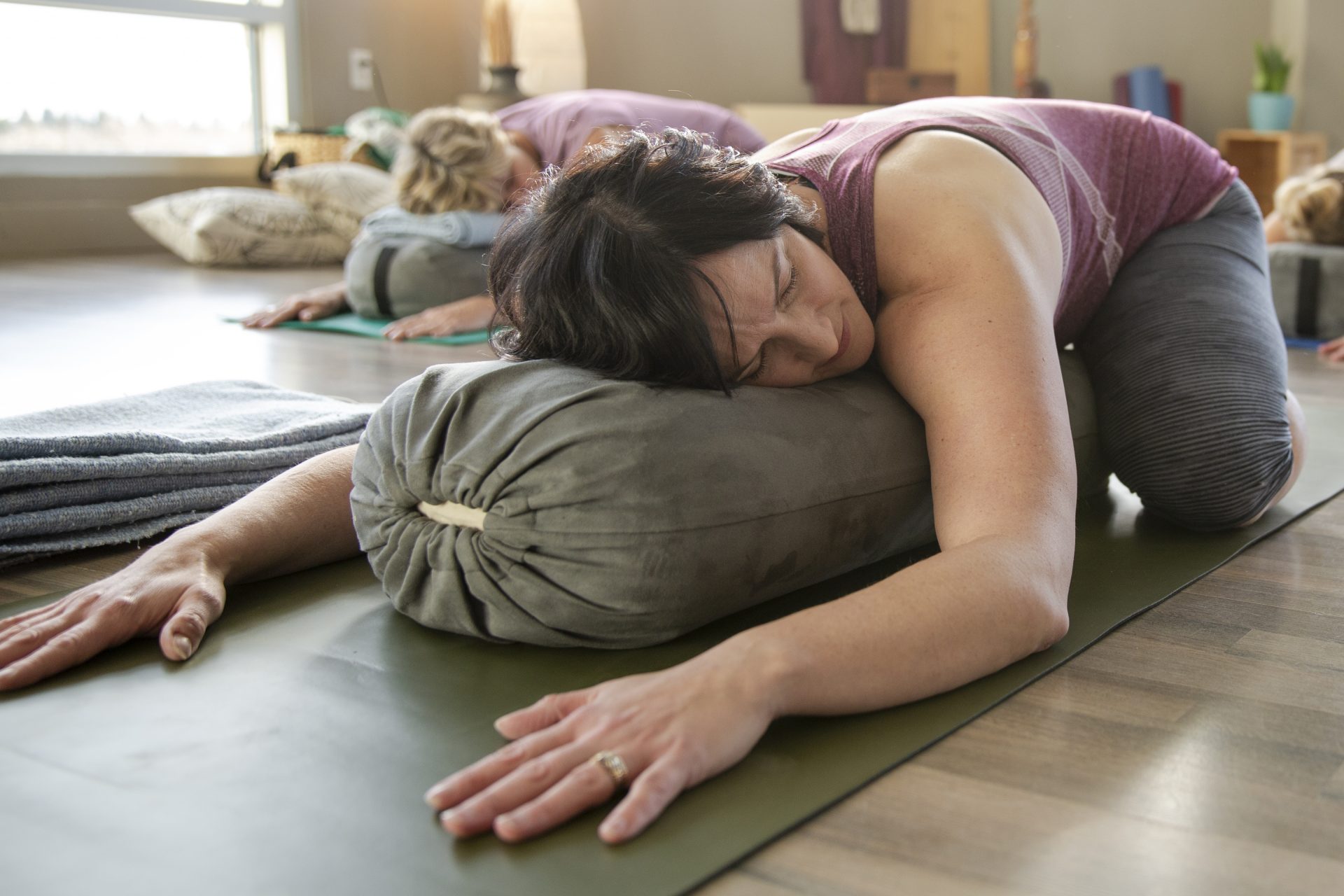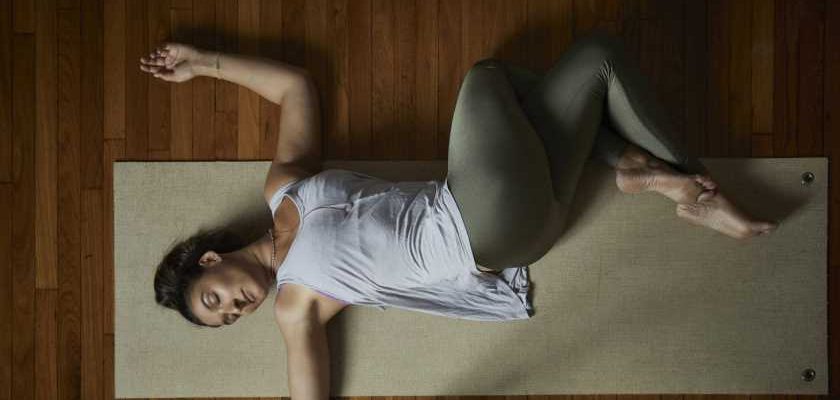This is the key difference between restorative and yin yoga
Confused between the difference between yin and restorative yoga? We break down both styles so you can find the one that’s right for you.
Many of us turn to yoga to help us relax our bodies and calm our minds. Restorative yoga and yin yoga are two popular styles that may pop up in our search for a stress-relieving practice that is more passive and slower-paced compared to active forms of yoga like vinyasa and hatha.
But is there a difference between restorative and yin yoga? And how can you choose the style that’s right for you?
You may also like
Yoga for beginners: “I tried yin yoga for 30 days – here’s why it’s the best fitness challenge I’ve done”
First off, what is yin yoga?
Yin yoga is a passive form of yoga where the focus is on holding poses that stretch the deep connective tissues of the body (think ligaments, tendons and fascia) to help increase flexibility, improve circulation and improve joint mobility.
It may be a slow-paced practice, but it can feel more challenging than a faster-paced, yang practice because of the longer duration of the poses. The benefits of yin yoga are endless – a 2018 study showed that five weeks of yin yoga resulted in improvements in depression, anxiety and sleep, as well as a reduction in adrenomedullin levels – a biomarker for cardiovascular health.
And what is restorative yoga?
Emily Rutherwood, studio manager at FS8 Oxford Circus, explains that restorative yoga is a calming practice focused on deeper breathing and restful poses. It is “primarily designed to ensure that there is a deep connection between the mind and body. Yoga equipment, such as blocks, will often be incorporated into restorative yoga sessions.”

What are the differences between the two?
At first glance, restorative yoga may sound very similar to yin, and the two styles are often lumped together under the label ‘restorative’.They’re both slow and introspective practices but they’re also very different.
“Yin yoga is generally a more intense practice than restorative yoga, and one that challenges you more physically by inviting your body into deep stretches,” Rutherwood explains. The purpose of restorative yoga is different: “Rather than working to stimulate the connective tissues, the aim of restorative is to activate our parasympathetic nervous system, calming down the mind and body, and moving us into a place of deep rest and relaxation, where we can heal.”
Another difference is the length of time poses are held. In yin yoga, the poses are help for around three to five minutes but in restorative yoga, the poses are traditionally held for much longer – sometimes for up to 20 minutes.
However, Rutherwood says that “both yin and restorative yoga promote relaxation and have been shown to reduce stress and tension”.
Which yoga style is best for…
Stress relief
Both yin and restorative are great for relaxation, but yin yoga does include deep and intense stretches, so if you’re looking to completely relax and release your body, try restorative.
Sleep
Yoga nidra. Unlike other forms of yoga, it doesn’t involve any movement. The visualisations and mental exercises completed during a yoga nidra practice are designed to help you release tension and promote better sleep.
Flexibility
Hatha, vinyasa or yin are all great styles to stretch your muscles and increase your range of motion. A 10-week study with university athletes in the US found that regular yoga practice was accompanied by an improvement in flexibility and balance.
Strength
Hatha yoga is great for building strength and includes a combination of body postures, breathing and meditation.A 2016 study in Hong Kong found that women who did a 12-week hatha yoga course had “significant improvements” in muscular strength.
Images: Getty
Source: Read Full Article
